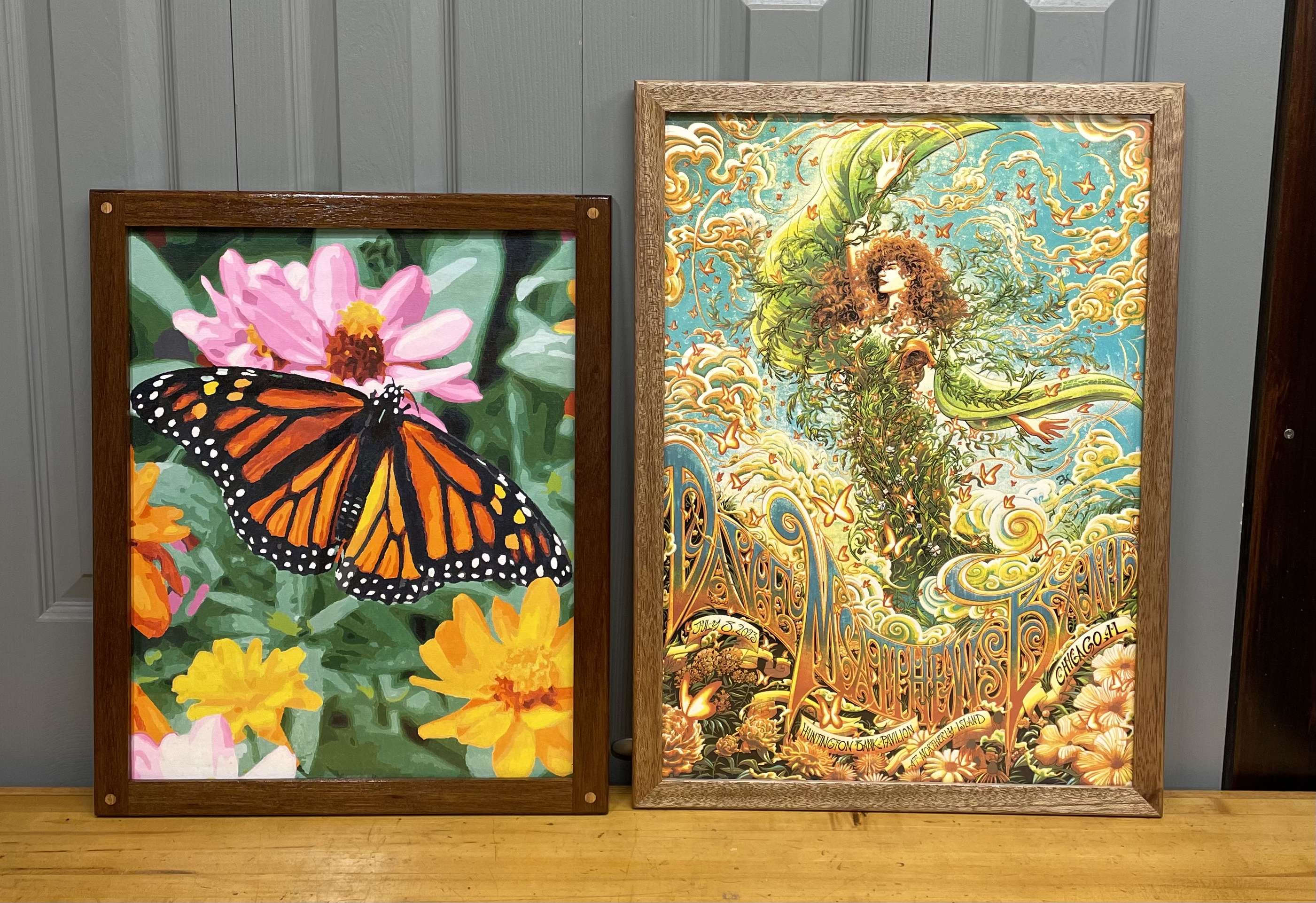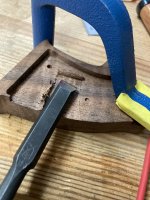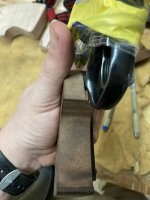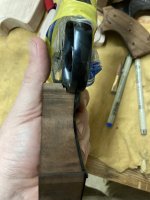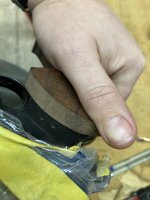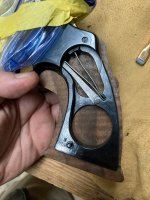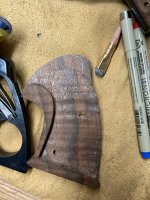Another thought on grip making.
Nothing ever, ever, ever, ever, ever comes out perfect. You can find flaws in grips from even the most renowned grip makers going back as far as you can find examples of their work. By hand or CNC, nothing ever comes out perfect.
Just the nature of the beast.
Out of flat frames, rounded where they should be square, not on plane, etc.
Wood moves, and chips, and just doesn’t want to play nice sometimes.
Sometimes all you can do is get it as good as you can or you’ll be chasing things forever. Know when to move on from a particular step.
When you get stuck, take a break for a day. What you want to achieve as at making your own grips is a perfect fit, but the reality is you’re likely only going to achieve a BETTER fit compared to off the shelf grips.
It’s still worthwhile though.
ETA: Oddly enough you’re most likely to find near perfect grip fit on factory Single action revolvers with factory grips. They fit the grips to the frames in the white and sand the grips and metal. Then they blue.



